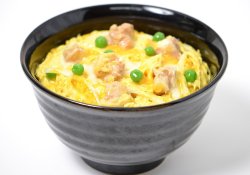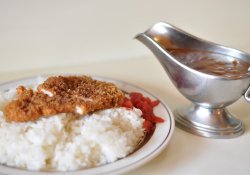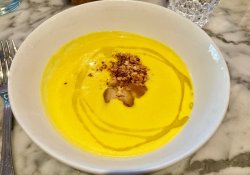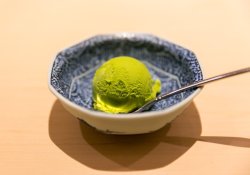Tanuki Udon Noodle Recipes and curiosities
On this page you will learn the recipe and some information about the Japanese dish Tanuki Udon Noodle Also known as Tanuki Udon.
Table of Content - About - Origin - Information - Ingredients - Preparation - Related
All about Tanuki Udon
Tanuki udon noodle is a typical dish of Japanese cuisine that is based on the udon pasta, a type of thick and soft pasta made from wheat and salt flour.
The dish consists of a bowl of udon pasta served in a hot bouillon, usually based on dashi (fish bouillon), shoyu (soya sauce) and mirin (a type of sweet rice wine). In addition, it is common to add other ingredients such as tofu, onions, mushrooms, eggs and shrimp tempura or vegetables.
Tanuki udon noodle is a very popular dish in Japan, being found in various restaurants and street bars. It is a quick and tasty option for those who want a warm and reassuring meal.
One curiosity about this dish is that, despite being known as "tanuki udon", guaxinim is not an ingredient used in its preparation.The name is only a reference to the animal because of its large belly, which can be compared to the udon paste.
In addition, the tanuki udon noodle is a versatile dish and can be customized according to the preferences of each person. You can add more or less ingredients, adjust the amount of flour and even choose different types of pasta, such as whole wheat udon or rice udon.
In summary, the tanuki udon noodle is a delicious and reassuring dish of Japanese cuisine that combines the soft texture of the udon pasta with a hot and tasty bouillon. It is a great option to experience a bit of Japanese culture and cuisine in a simple and practical way
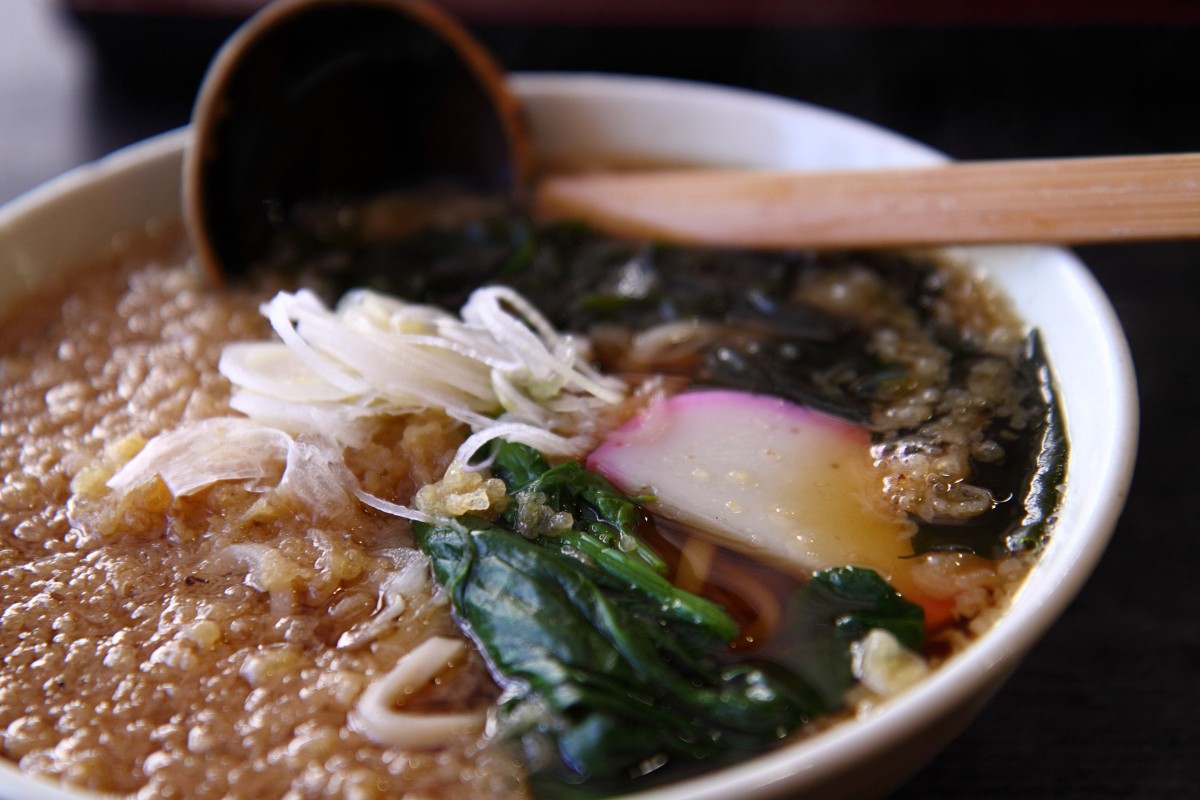
Origin and history of Tanuki Udon Noodle
Tanuki udon noodle is a typical dish of Japanese cuisine, consisting of udon pasta served with a hot bouillon made on the basis of dashi (fish soup), shoyu (soya sauce) and mirin ( rice wine). The name "tanuki" comes from the Japanese word for the guaxinim, which is an animal very present in the folklore and culture of Japan.
The history of the dish dates back to the Edo period (1603-1868), when udon pastries began to be produced on a large scale and became popular among the lower classes of Japanese society. At that time, the tanuki was considered a sacred animal and was often portrayed as a magical and disguised being, capable of turning into inanimate objects.
Thus, the legend says that the udon dish with hot bouillon and pieces of tempura (friction of vegetables and seafood) is a tribute to guaxinim, who disguised himself as pasta to deceive humans and satisfy their hunger.
About the recipe
- Name of the plate: Tanuki Udon Noodle
- Name of the dish in English: Tanuki udon noodle
- Name of the plate in Japanese: たぬきうどん
- Name of the Romanian dish: Tanuki Udon
Information about preparation
- Time to prepare: 10 minutes
- Time of Cooking: 5 minutes
- Difficulty: SIMPLE
- It suits: 1 people
- Occasions: Autumn, spring, winter, main meals, soups
Ingredients – Ingredients
Check out the necessary and optional ingredients Tanuki Udon NoodleIt makes sense to improvise
- 1 serving of udon pasta
- 1 cup of Sachet Udon or Dashi
- 250 ml of hot water
- 1 teaspoon of seaweed
- 4 slices of Kamaboko
- 1 spring onion
- 2 TBSPP Tenkasu Tempura Flakes
Watch a video of the recipe:
Recipes - How to Prepare
Now that you know the ingredients to make the recipe Tanuki Udon Noodle. Follow the instructions below in the preparation mode or step by step.
Preparation:
Start by boiling a pot with water.
Add the Udon pasta to the pot, mixing to make sure they are spaced and do not crack. Cook for about 3 minutes, depending on the thickness of the pasta.
In the meantime, prepare the blankets. Cut the spring onion and kamaboko into pieces of the size you want. Place wakame algae in cold water for 3 minutes so that they rehydrate. Leave aside.
In a bowl, boil 250 ml of water and add the Udon soup bag, mixing well.
Serve the Udon pasta in a bowl and add the blankets, including Tenkasu tempura flocks, if desired.
Tip: Cooking times and the amount of water can vary, so check the instructions on the Udon, Dashi or Udon Noodles soup package before you start cooking.
